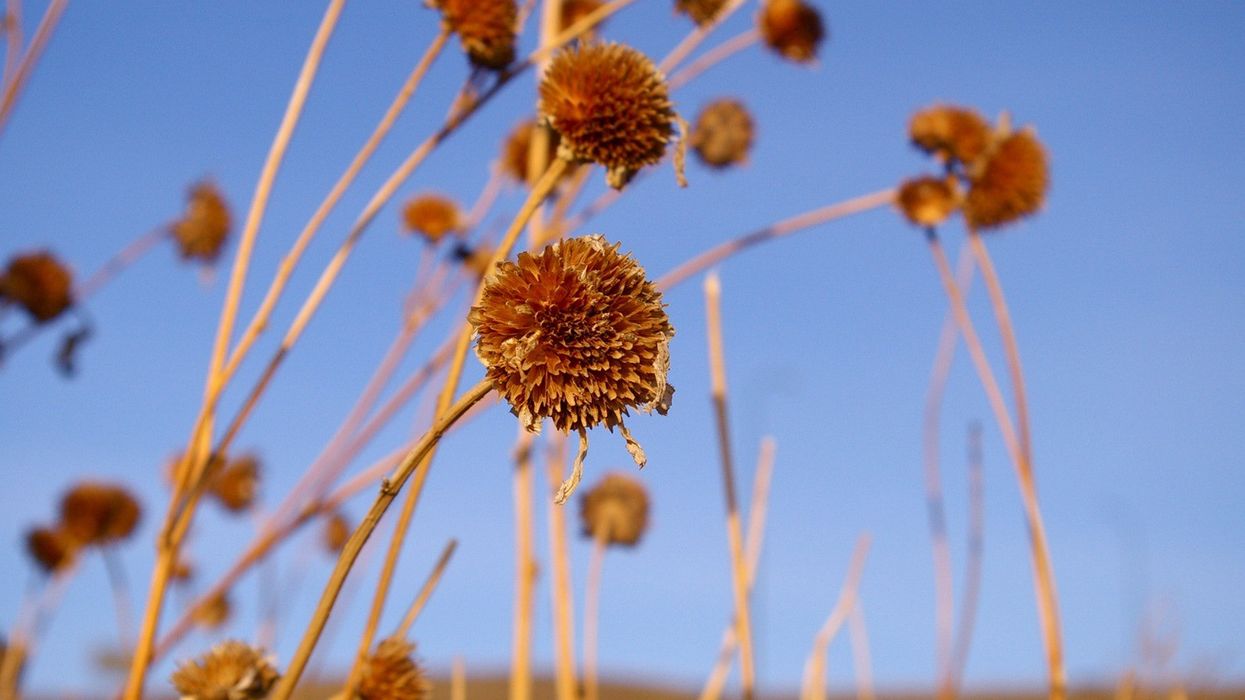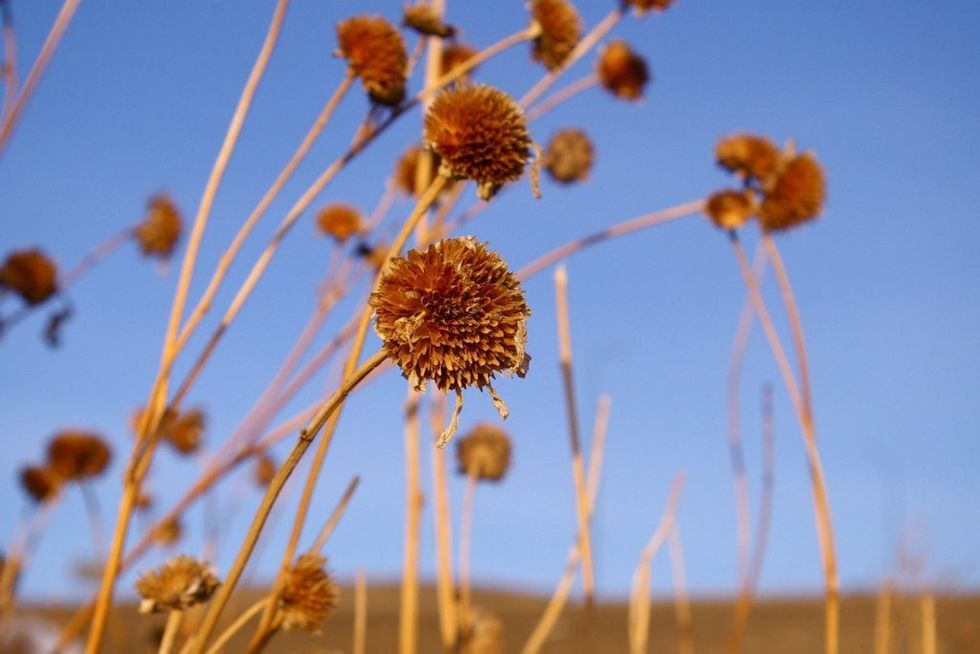
Days are darkening, shadows are stretching, and there's a sudden crispness in the air as your plants turn root-ward and autumn makes way for winter.
Don’t fret, there are many ways to ensure your gardening efforts this year endure through the winter and into next season!
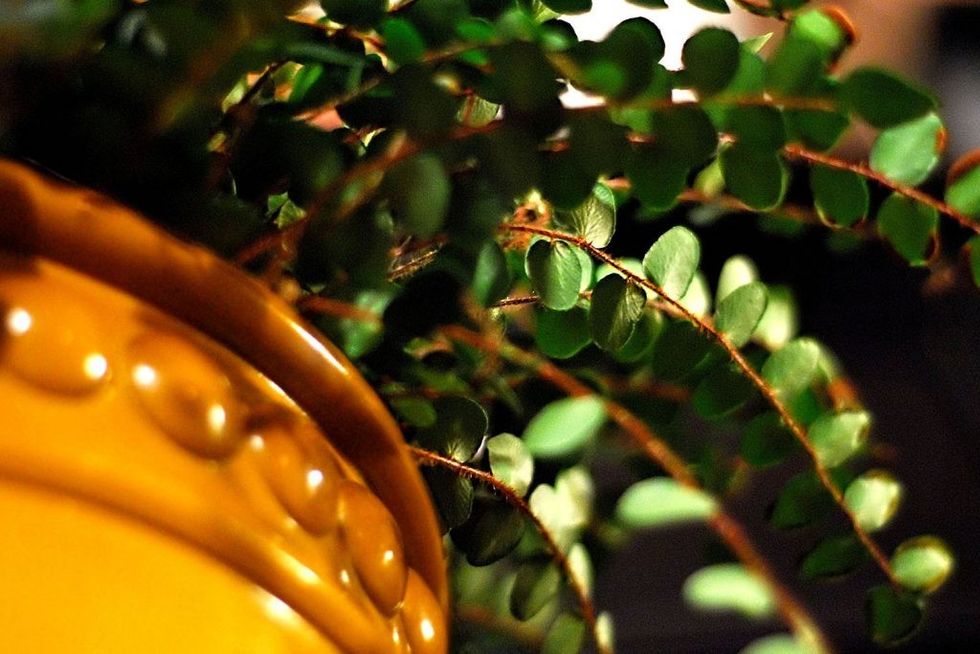
Welcome the Outdoors In
Did you buy a planter basket from your local plant nursery or grocer? In most common, pre-assembled planters there are plants tucked amongst the annuals that are well worth keeping.
Check for ivy, sweet potato vine and ferns. All of these can be separated from the jumble of roots in the planter’s soil. Be sure to keep as many of your desired plants' roots intact, but don’t stress too much: cutting a few roots won’t cause harm. Re-pot the root ball with some fresh soil in a new pot, and be sure to give each plant a good once-over for insects before welcoming the greenery into your home.
If you do find insects or aphids on your plants, spray them heavily with water—almost like a shower—before bringing them inside. Once settled indoors, treat them as you would any houseplant, watering when the soil is dry to the length of your pointer finger. Let their thriving be a reminder of warmer days, past and future.
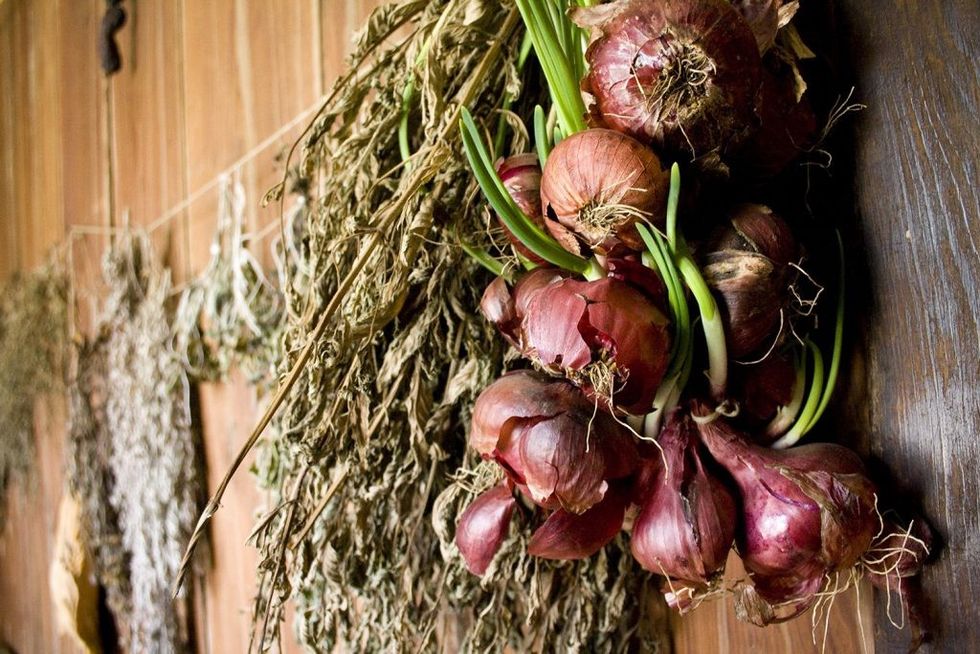
Capture Summer’s Flavour
Harvesting fresh herbs from your garden for use in summer meals is such a delicious reward. Must our winter feasts suffer blandness by comparison? Not if you dry herbs from your garden to be used with abandon all winter long.
Sage, Oregano, Rosemary, Thyme, even edible flowers like Bachelor’s Buttons can be dried, stored and saved for lively eating, despite the snowy days ahead.
Bundle your herbs in a brown paper bag with the stems up, and secure the opening of the bag around the stems with a string. Poke a few holes in the bag for some airflow and hang in a warm, dry, bug-free place until the herbs are completely dehydrated.
You can then crumble the leaves and blossoms into jars for storage in your pantry. Use liberally all winter long on roasted vegetables, meats, in soups and stews or steeped in hot water for a soothing tisane.
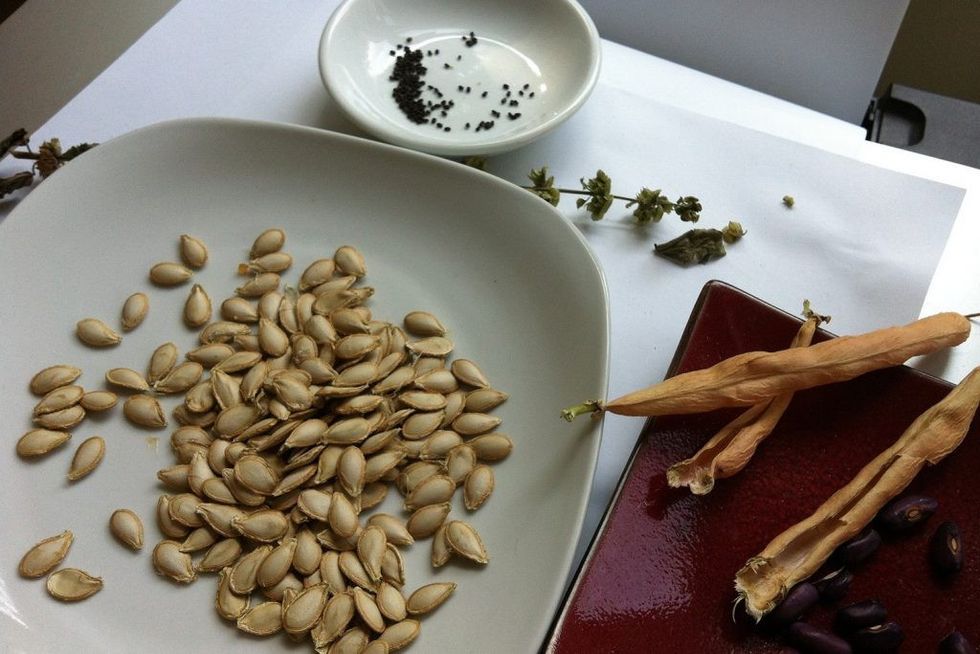
Stow Away for Next Summer
Seed saving is one of the most important things any gardener can do—especially if you're growing heirlooms. Saving a seed is the means of preserving the efforts of soil, sun and yourself. You can save seeds from many plants, but those from edible flowers such as calendula, sunflowers and nasturtiums are easily collected.
Now's the time to let these flowers go to seed,and it’s as easy as waiting for the flower to turn to a seed head. Don’t be tempted to cut the flowers or deadhead the spent blossoms. The trick—especially with sunflowers—is to get to the seeds before the birds do.
Once the seed heads have sufficiently browned on the stem, they can be harvested. Separate each seed as best you can, and lie them to dry on any flat surface in a windless, cool and dry place for two weeks. Once dried, you can keep them in small envelopes or folded paper. No doubt, the anticipation of happy harvests to come will sustain you through even the most gloomy winter days.
Winter can be a time of winding down and chilling out. It can also be an important reminder of the art of letting go. However, capturing the beauty and bounty of our gardens with indoor plants, savoury dried herbs or saved seed, can help us keep stock of summer’s cheery warmth.
